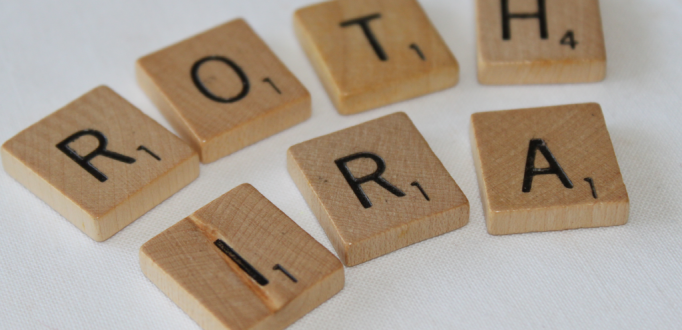Baby Boomer Beginners Guide: IRAs Made Simple
Financial information can be hard to read. There’s a lot of jargon, and unless you’ve spent some time around people who can explain this kind of stuff to you it’s easy to get lost.
One term you may have heard quite often is IRA. IRA stands for Individual Retirement Arrangements. So let’s talk about what an IRA is and how to make the most of one.
What You Will Discover:
How to assess what your financial needs are so that you can make better decisions about your money right now.
What type of IRA suits your needs.
What kind of investments are allowed and resources for those that are.
Assessing Your Financial Requirements
Retirement planning is something that causes many more people than most of us realize, to go into denial about their financial status. The first step in taking control of the issue is to do an honest assessment of what money you have coming in vs. going out and making a decision on how much of the difference you care to invest in your later years.
Sit down and gather all your financial statements in one place.
If you can’t immediately pay off any debt, consider how consolidating it under one loan may help. This is particularly beneficial when using a bank loan to pay off a credit card. If you go down this road, make sure you cancel that credit card as soon as it’s paid off.
What are your savings goals?
Now you’ve figured out what you have available after debts are paid, you can decide on how much to save into your IRA. As a baby boomer you shouldn’t be far off retirement, so it’s worthwhile checking out how much you will receive from Social Security first and then figuring out how well that matches your needs.
Don’t panic! The U.S. government have kindly provided a calculator to help you with this task: Click here to estimate your retirement benefits.
Choose the IRA That Suits You
IRAs come in two breeds: the traditional IRA and the Roth IRA. Both can be set up with banks, life insurance companies, stockbrokers and mutual funds companies. You can contribute the same amount to both, and you can withdraw money from either at any time. However, there are differences to be aware of.
An IRA can be part of a compensation package arranged by your employer or you may set it up yourself.
Traditional IRAs
Traditional IRAs offer tax deduction benefits. Part (or all) of your contributions are tax deductible.
Any tax that does need to be paid doesn’t generally need to be, until after the IRA distributes.
You may not contribute to a traditional IRA after the age of 70.5, and you must then start taking distributions by April 1st of the following year (by December 31st of each year thereafter).
There is a required minimum distribution you must withdraw each year, as it is not possible to leave money in your account indefinitely.
Check out this resource to figure out your minimum required distributions.
Roth IRAs
Contributions to a Roth IRA are unfortunately not deductible, but you may contribute after the age of 70.5.
If you withdraw from a Roth IRA under the age of 59.5 you will be subject to an additional 10% tax for early withdrawal.
You can leave money in your Roth IRA account indefinitely, with no requirement to withdraw it.
How Much You Can Contribute
It may change over time, but for 2015/2016 if you are aged 50 or older, you may contribute a total of $5,500 to your IRA (of either type). Or, if your taxable earnings for the year are less than $5,550 you may contribute the full amount.
What is Your IRA Invested In?
Where the money in your retirement plan is invested isn’t something that you might give a lot of thought to if your employer is organizing it for you, but if it’s a self-directed scheme (you are doing this yourself), you’ll need to know what investments are not allowed by law.
The list is small, so it’s not difficult to remember:
- life insurance
- collectibles; including most coins, stamps, antiques, rugs, alcoholic beverages and more
Real estate can also be problematic, but does fall inside the boundaries of legally allowed investments.
What You Have Learned
Now you should have a better grasp on
- what exactly an IRA is
- figuring out how much you can afford to pay into an IRA
- how much you can contribute
- what you can’t invest in
But don’t stop there – move now to:
Your Next Steps
- Assess your financial outgoings to determine how much you have available to invest
- Determine the pension payments you will receive from social security in case there’s a shortfall you need to fill with your IRA distributions
- Assess which type of IRA will suit your situation best, based on the age you plan to work until and the restrictions on distributions
- Estimate your minimum required distributions – how much makes up any shortfall in pension or what your expected financial requirements are
- Talk to your preferred bank, broker, life insurance company or mutual fund company about setting up an IRA.
Enjoy!

